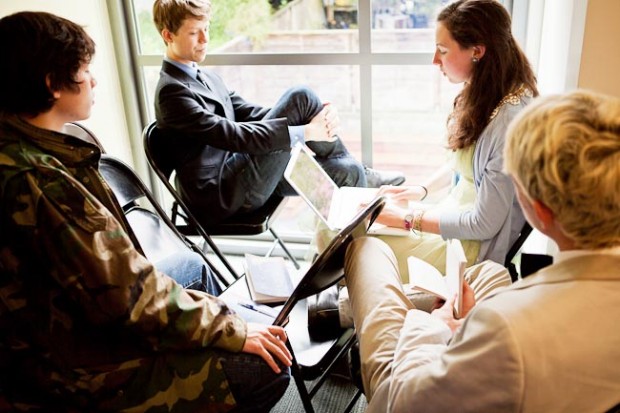
For David Preston, the term “open source learning” -- a variation on inquiry learning or passion-based learning -- is about helping students choose their own learning path, an approach that already has some well-known champions among educators.
“When I think of 'open source,' it isn't about software, but thermodynamic systems,” said Preston, who currently teaches at Ernest Righetti High School in Santa Maria, Calif. “You're not just exchanging heat, but you're switching environment and structure.”
Preston's current classroom centers around the publication and maintenance of students' personal blogs. The blogs themselves are a requirement, but the content and medium used in many student responses—be it text, video, audio, or some combination—are often the result of students' own creative vision. Preston also pushes students to think critically about the implications of their digital actions through virtual discussions with collaborators, such as digital renaissance man Howard Rheingold, Canadian blogger, journalist, activist and author Cory Doctorow, and the National Institute for Technology in Liberal Education's Bryan Alexander, among others.
But when Preston began teaching at Los Angeles' James Monroe High School in the pre-social-media world of 2005, he accomplished many of the same goals by assigning pen-and-paper, open-ended journal entries and holding class-wide debates driven by research from honest-to-goodness, hard-bound books. He also says there's still room in open source teaching for academic standards, and that the common standards movement is important in terms of creating benchmarks for students nationwide.
“I still teach with standards in mind,” he said. “I just teach inductively from the standards instead of using them as the ceiling.”

